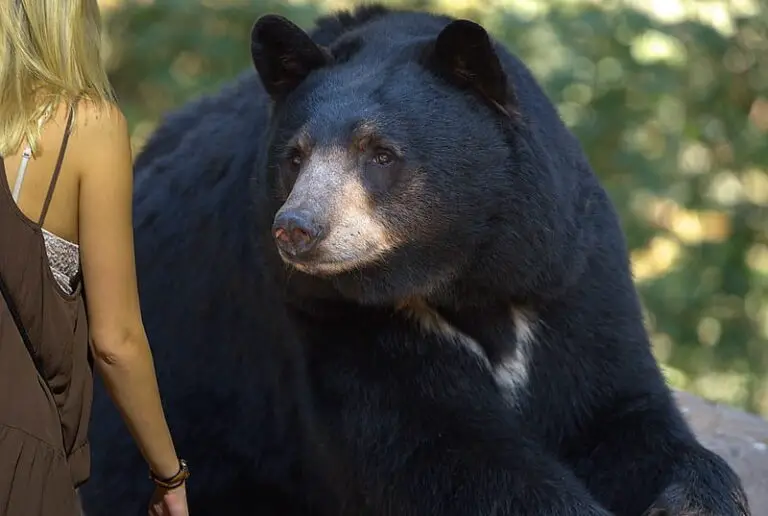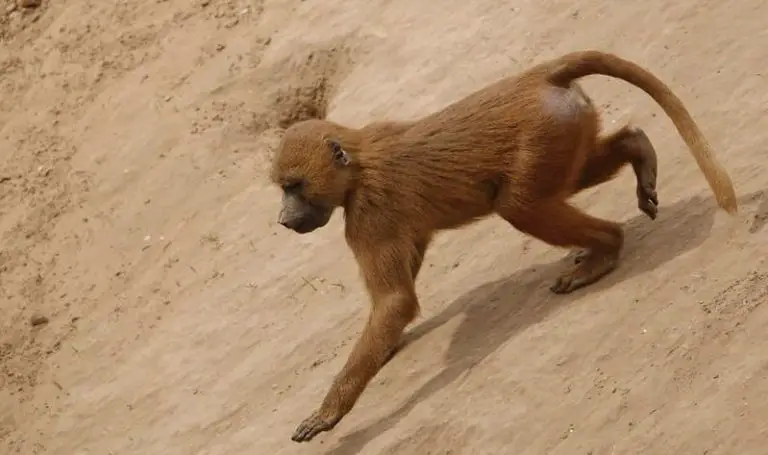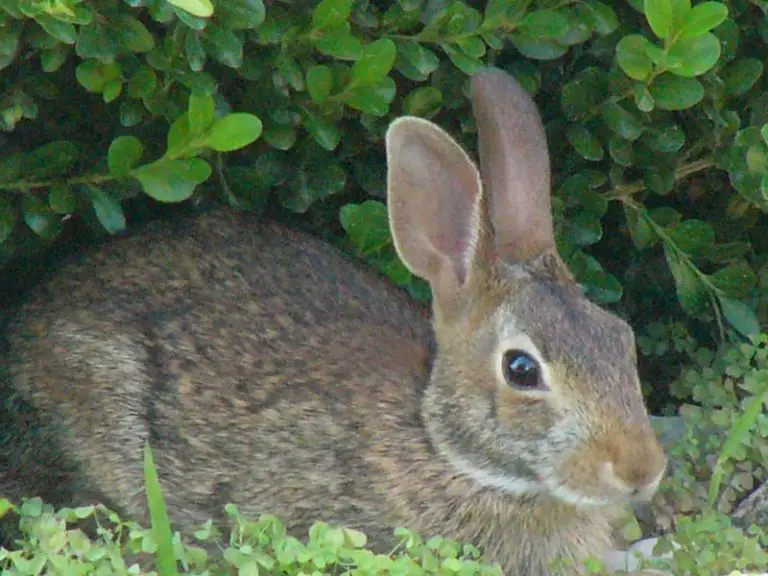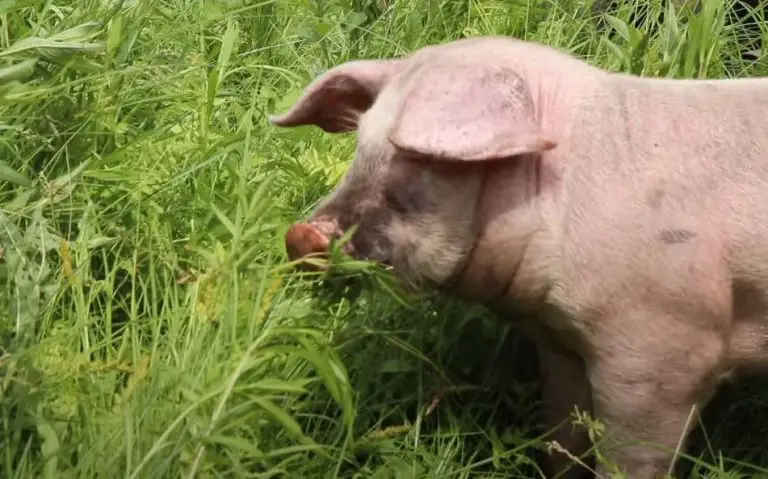How Do Llamas Protect Themselves From Predators? (Solved)
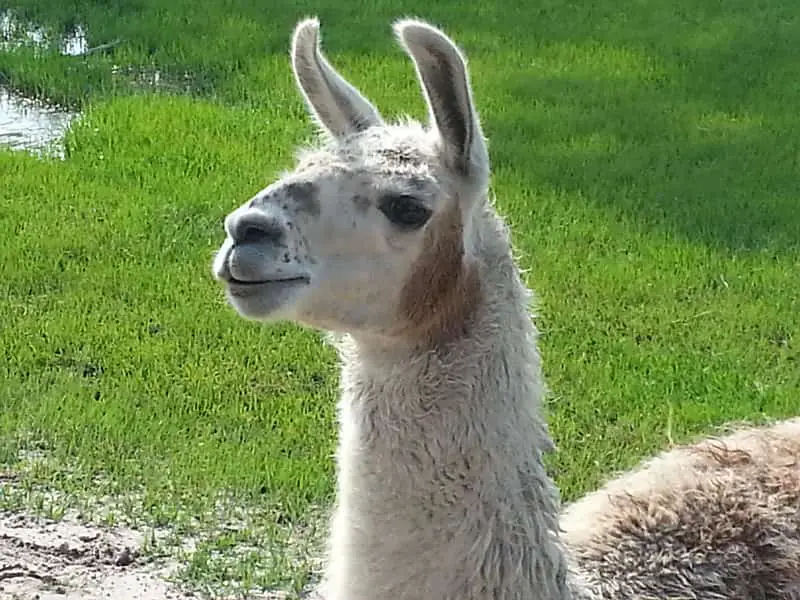
The llama is a well-known mammal in some countries of South America, where it is abundant, it is known to be a domesticated mammal that belongs to the same family as the camel (Camelidae).
Although in southern countries the Llama is widely used for its meat, wool, and as a means of transportation, in other countries, the Llama has gained great popularity as a herd guardian animal, because it is a very territorial animal and tends to guard the other animals that are part of its herd from possible predators.
But the llama, despite being a mammal of considerable size, does not possess a killer instinct, much less remarkable physical characteristics that give it advantages over top predators, so how does the llama defend itself from predators, and how does it manage to scare them away to protect a herd?
The four main defensive methods of the Llama against predators
Despite appearing to be a tender and gentle animal, the llama has a powerful arsenal of attack/defense against predators, the llama is a very versatile and strong animal, quite strong, among the four defensive mechanisms that the llama has against predators we have:
- Fighting teeth
- Kicks
- Charging
- Warning/flight
1-Fighting teeth
At an early age, male llamas develop new teeth, these teeth are designed in a lethal way to bite, cut, and take off, that is why these teeth are called “fighting teeth”, they are 6 teeth distributed around the mouth of the llama, four in the upper part and two in the lower part, they are very sharp and inclined inwards.
Male llamas will use them in fights both between themselves and against other possible adversaries by attacking the most sensitive parts such as ears and genitals.
These teeth are so dangerous that they are removed from the tame llamas to prevent them from biting and cutting people.
2-Kicks
As previously mentioned, the llama is an extremely strong animal, and its main strength is in its legs, ¿what can you expect from an animal with long legs, capable of carrying up to 34 kg of weight for 32 kilometers in a day? powerful kicks.
In addition to the strength of its legs consider the fact that an adult male llama can weigh up to 200 kilos and that it is a much taller animal than the common predators in its environment such as wolves and coyotes, this physical advantage makes it possible for the llama to trample these predators with relative ease.
Llamas are very agile with their legs, they are able to kick with both front legs in full charge, it is a move worthy of a wrestler.
3-Charging
The llama has an obvious physical advantage in both size and weight in relation to all predators in its environment. Generally, predators are not intelligent enough to measure the strength of an animal with the naked eye, most predators are usually scared away when they see another animal of greater size and weight moving confidently and threateningly towards them.
This is even visible in some African tribes that charge lions to steal their prey and the lions run away.
The llama’s last option in the presence of a predator is to flee (with the exception of the puma), especially when guarding its herd, usually, the llama will quickly charge the predator and the predator will flee, avoiding a real confrontation.
An adult llama can run at about 54 km/h, this speed added to its size intimidates small predators such as red foxes.
4- Warning/flight
Not all fights can be won, in case of situations of great danger before a very large predator such as a puma, or group attacks, the Llama emits a warning sound to the herd that prepares them to flee.
In their natural environment, the Llamas do not have many places to hide because in South America there are many plains, the Llamas in flight, have to appeal to his speed and endurance to escape from any difficult confrontation.
What about the Llama spit?
The llama uses a lot of its spit to chase away both people and animals that are bothering it, as well as spitting as a symbol of hierarchy among its herd, spitting does not have such an effective effect against predators, although, in reality, the llama can spit its saliva with quite a lot of pressure, and can sometimes regurgitate some of its food to spit it out.
The four methods mentioned above are the main ways in which a llama can defend itself against predators.
The llama uses its intelligence to protect the weaker ones
The llama is an animal with special social characteristics and is very interesting, it is also an animal cunning enough to deal with other cunning predators such as the red fox.
The red fox lacks the physical ability to hunt an adult llama, however, it is very cunning and tends to hunt small and adolescent llamas, for this, the fox uses the darkness of the night and its stealth, on the other hand, the adult llamas protect the weaker members of the herd during the night creating a circle of protection, with the adult llamas around them.
The fact that the llama is an animal that has gained much popularity as a herd protector, is due precisely to this social characteristic, the llama is a very social animal that by nature takes care of its herd and territory fiercely, a llama does not conceive of being alone, that is why a llama will assume other animals as part of its herd and protect them against predators.

